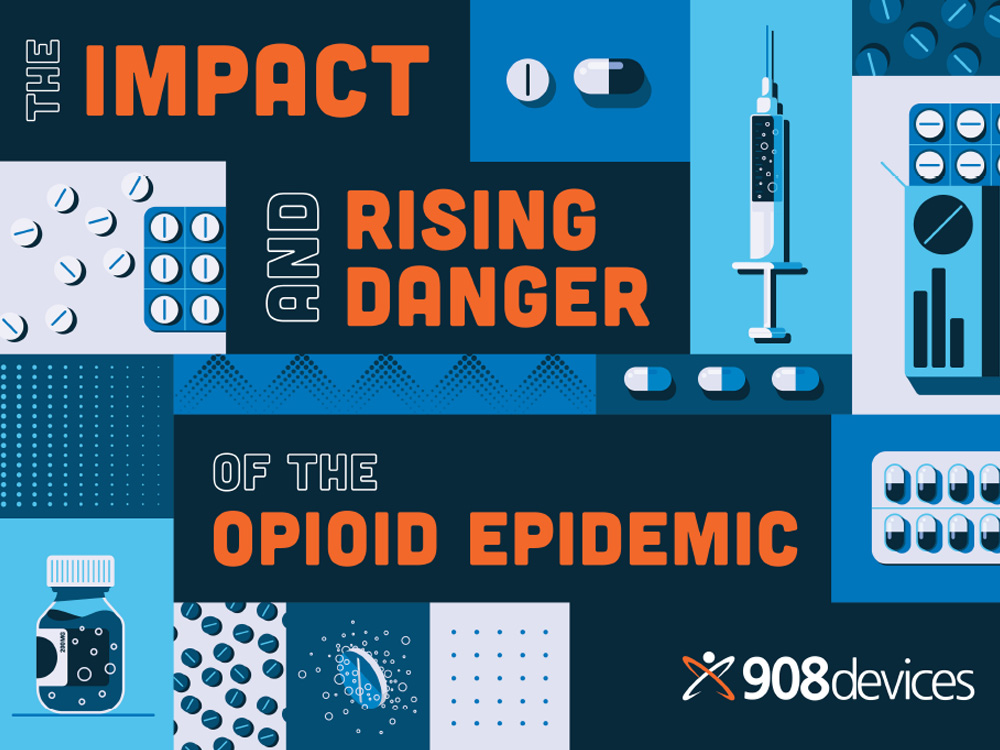Over the past few years the opioid crisis has reached tremendous proportions, the numbers are almost hard to believe, and the synthetic opioid, fentanyl, has taken the US by storm both in addiction and overdose. Originally created for pain relief in the medical community, fentanyl now accounts for more overdose deaths than all Rising Danger in Opioid Crisis and illegal drugs combined.
Communities, health care providers, and policymakers working to combat this increasingly urgent crisis are not taking this topic lightly: this is the first step toward recognizing the severity of the problem at hand.
Understanding Fentanyl/Rising Danger in Opioid Crisis
About Fentanyl: an opioid, a synthetic (man-made) opioid and is 50 to 100 times more potent than morphine. Initially created for medical applications in the belated 1960s, it was produced in patches, lozenges, and injections, among other methods. But especially in cancer patients, or where there is recovery from a major surgery, fentanyl can be an effective treatment for severe pain — but it does have a very high potential for being abused and used addictively.
However, since more than a decade, illegal manufacturing of fentanyl has filled the black market often inadvertently bundled with other drugs like hero and cocaine. Because drugs laced with fentanyl are frequently not detectable, this has resulted in record overdoses and fatalities.
The Scale of the Crisis/ Rising Danger in Opioid Crisis
By the CDC, in 2021 synthetic opioids other than methadone, including fentanyl, were involved in nearly 70% of all opioid overdose deaths. But the optical illusion of today — of lives destroyed and families torn apart by an epidemic fuelled by a sociopathic synthetic opioid, devastating to society — is a travesty of today — the numbers are beginning to find reversible solutions to these schemes, and the horrible spike of trumped up fatality stats related to fentanyl — some 36,000 overdose fatalities from
Signs of Fentanyl Overdose
Knowing the signs of an overdose on fentanyl may help save lives. Symptoms may include:
Severe sleepiness or lack of ability to keep awake
Slow or difficult breathing
Cyanosis – bluish or purple tint to the lips or fingers
A change in alertness or from being able to wake up
Cold, clammy skin/Rising Danger in Opioid Crisis
However, if you suspect someone is overdosing from use of fentanyl, calling emergency services is a must! Naloxone (Narcan) is a drug that can reverse an opioid overdose, if it is administered in time. But caution — one dose may not be enough because fentanyl is very powerful.
User-centric Prevention & Harm Reduction Strategies
Fighting the fentanyl epidemic will require a combination of prevention, education, and harm reduction strategies. Here are a few of the initiatives that are most prominent:
Education and Awareness
Raising public awareness of fentanyl overdoes is something we must do. Educational initiatives must go beyond high-risk populations to also focus on families, schools, and community groups. Fentanyl education and overdose recognition can empower communities to respond in an emergency.
Access to Treatment
Improving access to treatment for substance use disorders is essential, especially in Idaho, where fentanyl rehab programs can play a huge role. It should include wider access to the types of medication-assisted treatment (MAT) that counter cravings and quell withdrawal symptoms — including buprenorphine and methadone. Moreover, treatment programs that take into consideration the underlying causes of addiction — including support for mental health — are necessary for sustainable recovery.
Harm Reduction Initiatives
Harm reduction approaches, such as syringe exchange policies or supervised consumption sites, can mitigate the dangers of substance use. Availability of naloxone in community settings can allow individuals to help a person having an overdose. Fentanyl test strips are accessible to users so they can test the drugs they consume and see whether they contain fentanyl.
Policy and Regulation
Reducing the supply of the drugs that fuel the opioid crisis is achievable through heightened regulation of the prescription and distribution of opioids, alongside law enforcement efforts that target the illicit supply of fentanyl. Because the nature of opioid trafficking and distribution is complex, federal, state and local agencies must work together to meet this challenge.
Conclusion
The opioid epidemic asks for immediate response, fentanyl highlights the unbelievable danger this public health emergency is so we should not forget to say few words about it. We must increase awareness, facilitate improved treatment access, and expand harm reduction and regulatory measures to combat this deadly epidemic. Together, we need to join forces, from communities to healthcare providers to policymakers, to combat the rising tide of fentanyl, to protect those at risk and to forge a healthier and safer future for everyone.
